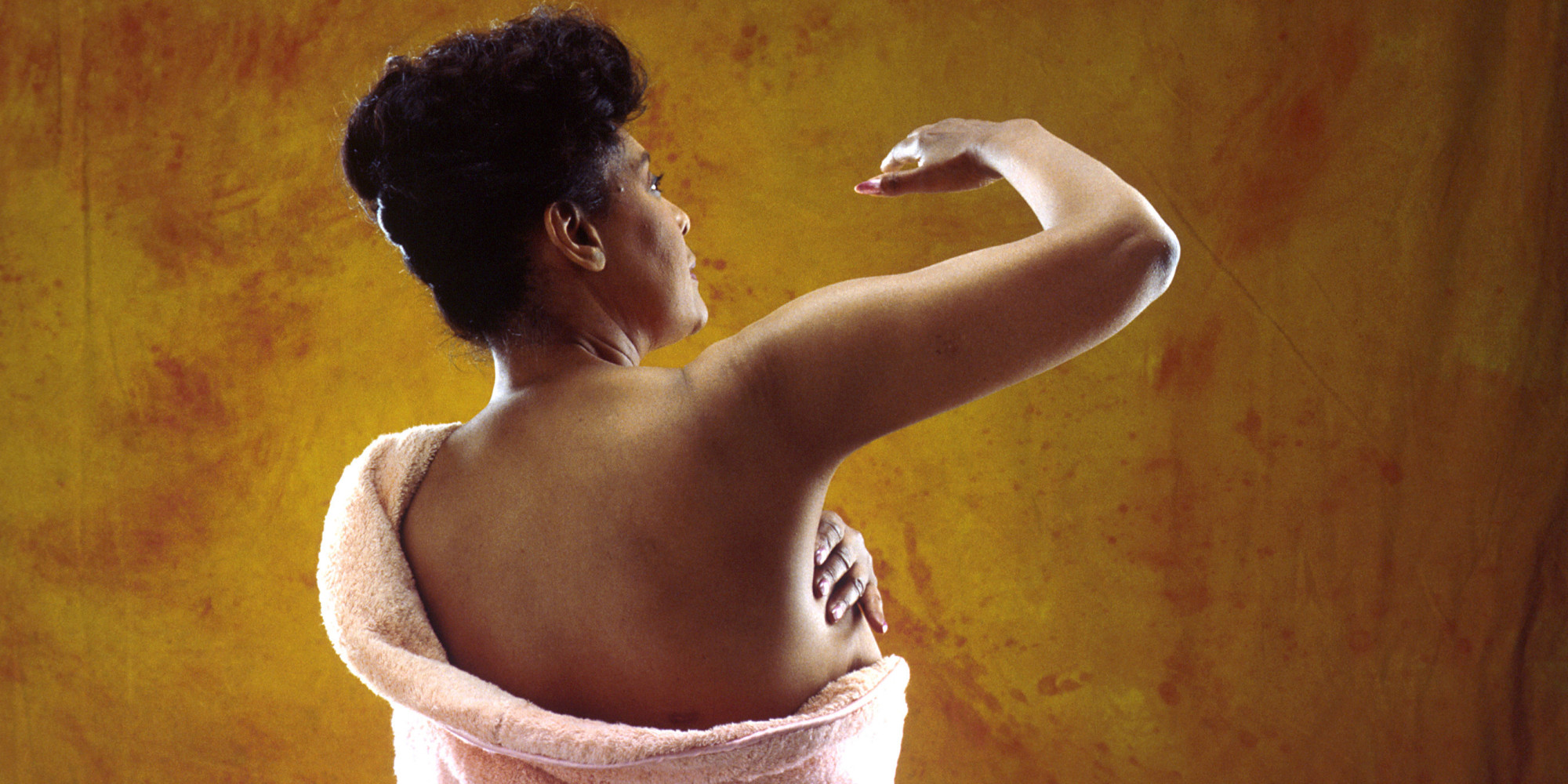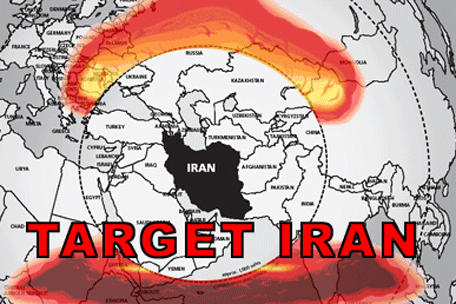
African-American women in the United States have reached a dubious milestone. For the first time, the incidence of breast canceramong black women is equal to that of white women, according to a sweeping new report from the American Cancer Society.
The finding is worrisome because breast cancer has historically been more deadly in black women than in white women, but at least it has not been as common. Now, as incidence rates equalize, the data suggest that breast cancer will continue to exact a far greater toll on black women, and that the trend shows no sign of abating.
«It’s been known that white women are more likely to be diagnosed with breast cancer, but black women are more likely to die from it,» said Carol E. DeSantis, senior epidemiologist at the American Cancer Society and the lead author of the report. «Now what happens? Now the incidence rates are similar, and black women are still more likely to die from it. Our conclusion is that the widening mortality disparity is likely to continue, especially now in light of the increasing incidence.»
The data were obtained from the Surveillance, Epidemiology, and End Results (SEER) program of the National Cancer Institute, aprogram that has been collecting information on cancer patients since 1973.
Among white women breast cancer incidence rates have been stable since 2004, hovering around 135 per 100,000 women. But among black women, rates have been consistently lower, ranging from 119 to 125 per 100,000. But in 2012, a startling change occurred. The incidence rate moved to 135 cases per 100,000 women for both white and black women.
«The lines have crossed for the first time,» Ms. DeSantis said. «There is variation in year-to-year rates, especially in smaller populations such as in black women, but I think, overall, the picture we’ve seen is this slow steady increase in black women and stable rates in white women.»
While it’s possible that a fraction of the rise could be attributed to earlier detection, that would not fully explain the trend because rates at which women are being screened for breast cancer have remained stable. As a result, the trends suggest that the uptick in incidence is not a result of doctors simply finding more cases of breast cancer, but is probably the result of other factors.
«To me the bottom line of these statistics is the evidence that the health disparity between African-American and white women in the U.S. is still going strong,» said Kirsten Moysich, a professor of oncology at the Roswell Park Cancer Institute in Buffalo, N.Y. «And it’s even more pronounced than previously reported.»
Researchers say the reasons behind the increase are likely to be complex, but rising obesity rates among African-American womenmay explain some of it. Obesity has been linked to an increased risk of estrogen-receptor positive breast cancers, and much of the increase in breast cancers among black women has been due largely to more cases of this type of tumor. The obesity rate in black women was 58 percent during the 2009 to 2012 period, up from 39 percent from 1999 to 2002. Meanwhile, the obesity rate among white women has stabilized at around 33 percent.
Researchers also believe that changes in reproductive patterns may play a role, as more African-American women delay childbirth and have fewer children. Both are recognized risk factors for breast cancer.
Over all, the report painted a grim picture of the state of breast cancer in African-American women, showing that advances in diagnosis and treatment that have dramatically improved survival rates from breast cancer and saved countless lives have largely bypassed African-American women. By virtually every measure of the disease — age of diagnosis, age of death, stage of diagnosis —black women are at a significant disadvantage compared with white women, the data show.
Black women are given breast cancer diagnoses at younger ages and die from the disease at younger ages than white women, suggesting that the disease may exact a greater economic and family toll on the black community by stealing more of a woman‘s most productive years. The median age at diagnosis is 58 for black women and 62 for white women. The median age for breast cancer death is 62 for black women and 68 for white women.
Black women also are less likely than white women are to be given a diagnosis of early stage disease, and more likely to be given adiagnosis with later stage, and less treatable, tumors, according to the report.
Compared with white women, black women were more likely to be found to have an aggressive form of the disease called triple negative breast cancer, which has a poorer prognosis, in part, because there are not targeted therapies to treat it. Triple negativebreast cancers account for 22 percent of the cases among black women, and 11 percent among white women.
Black women also lag behind white women in diagnosis of estrogen-receptor positive disease, the most treatable form of breast cancer. Among white women, 76 percent of cancers diagnosed are ER positive, compared with 62 percent in black women.
Over all, a black woman given a breast cancer diagnosis is 42 percent more likely to die from the disease than a white woman withbreast cancer. An analysis of breast cancer mortality trends in 41 of the largest cities in the United States, published last year inCancer Epidemiology, found that in some cities the risk is even greater. In Los Angeles, a black woman with breast cancer is about 70 percent more likely to die from the disease than a white woman is. In Memphis, black women face more than double the risk.
Researchers say the racial divide in breast cancer mortality may be due to a combination of factors, including disparities in the quality of care available to black women, who may have less access to quality screening and treatment, compared to white women. Lower rates of follow-up after a mammogram, cultural distrust of doctors, and lack of insurance coverage among black women may also play a role.
Dr. Moysich said she hopes the data will galvanize the African-American community and the medical community in general to push formore research.
«There are a lot of people really trying to figure this out on an epidemiological basis and molecular basis and behavioral basis, but we haven’t put our finger on it,» she said. «There are lots of partial explanations, and this is a question a lot of people are working on, but it still confuses us.»



Expositores: Oscar Vidarte (PUCP) Fernando González Vigil (Universidad del Pacífico) Inscripciones aquí. Leer más
Una retrospectiva para entender los próximos cuatro años. Leer más
En la conferencia se hará una presentación de los temas más relevantes del proceso de negociación se llevó a cabo desde el 2012, así como del acuerdo de paz firmado entre el Gobierno colombiano y la guerrilla de las FARC a finales del 2016. Se analizarán los desafíos y las... Leer más
El Observatorio de las Relaciones Peruano-Norteamericanas (ORPN) de la Universidad del Pacífico es un programa encargado de analizar y difundir información relevante sobre la situación política, económica y social de Estados Unidos y analizar, desde una perspectiva multidisciplinaria, su efecto en las relaciones bilaterales con el Perú.
© 2024 Universidad del Pacífico - Departamento Académico de Humanidades. Todos los derechos reservados.

